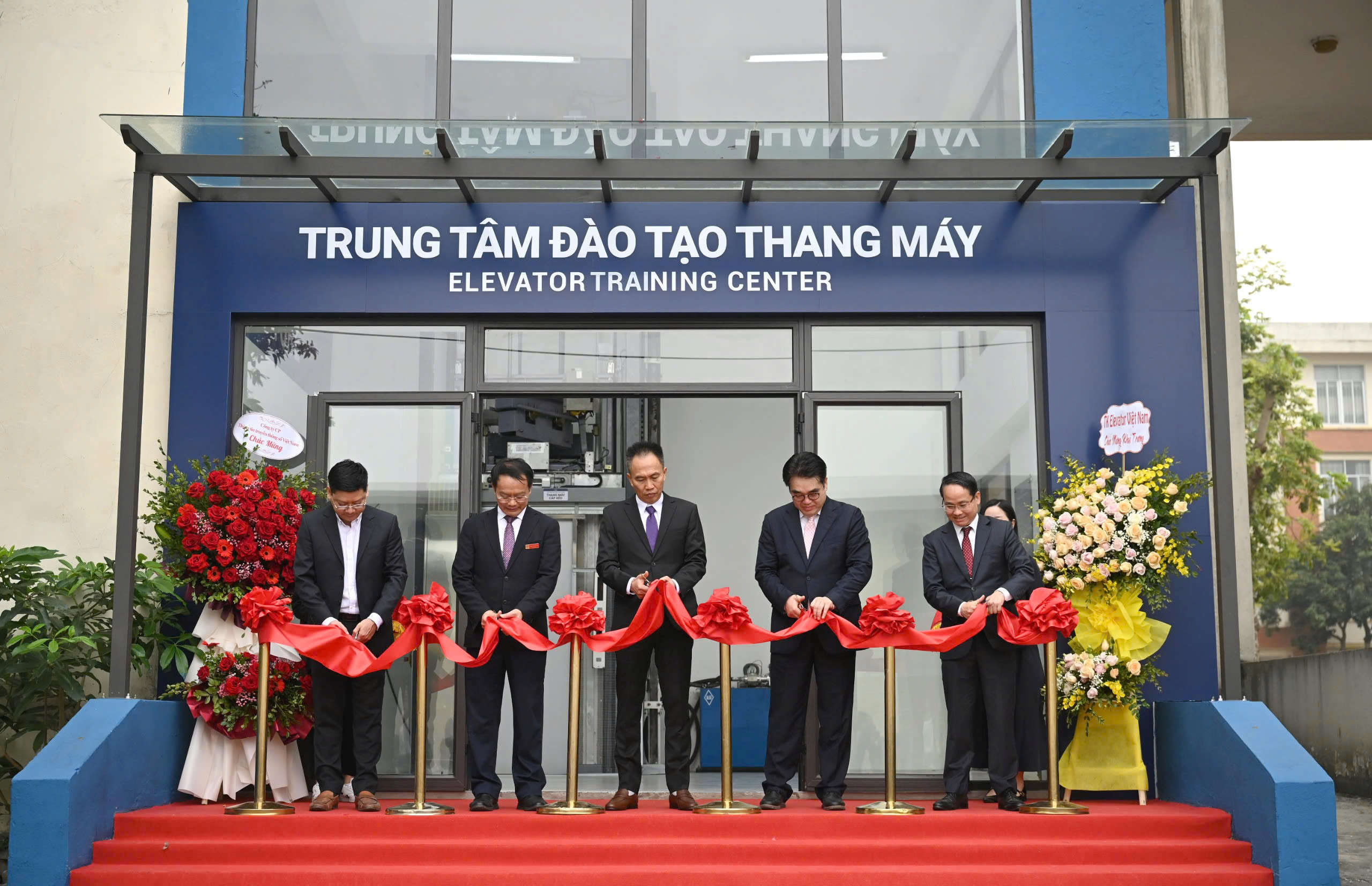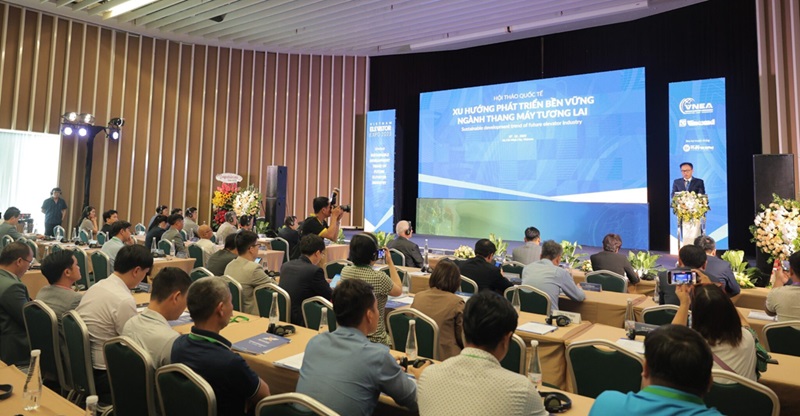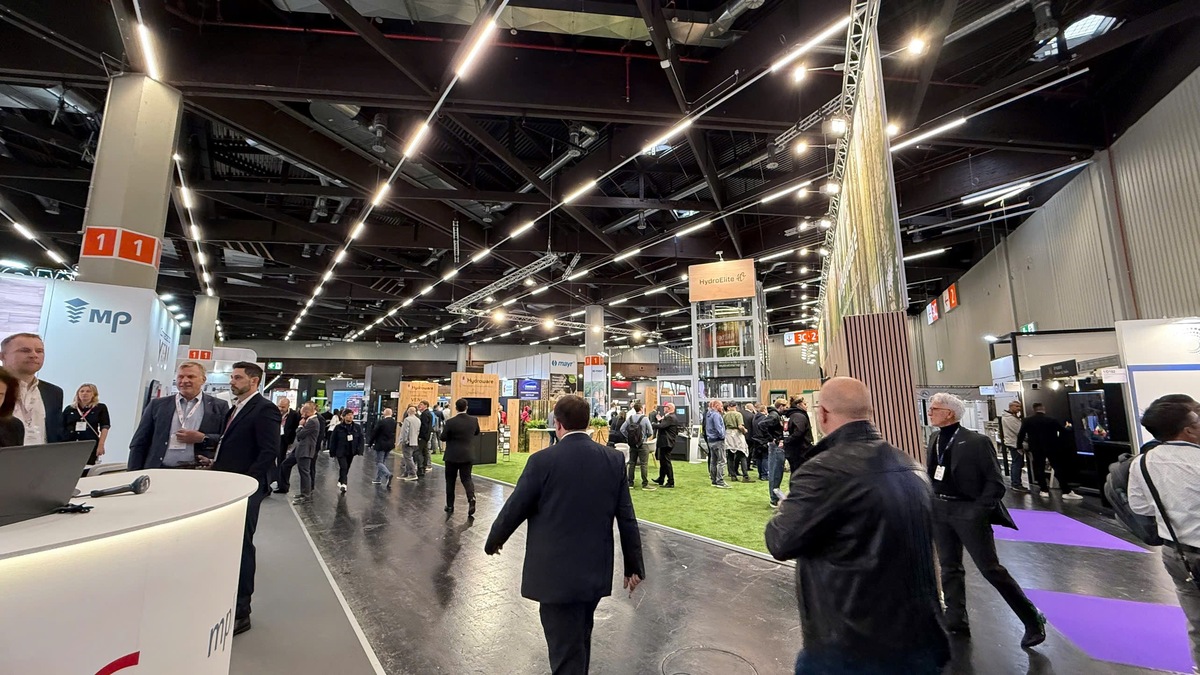How can science truly become a driving force for development? The answer begins with fostering strong connections among stakeholders within the innovation ecosystem, where real-world needs are attentively heard, solutions are collaboratively nurtured, and value is meaningfully amplified.
In recent directives, the Party and the State have emphasised that developing science, technology, innovation, and digital transformation is a pivotal and foundational element in the nation’s rapid and sustainable growth strategy. Resolution No. 57-NQ/TW, issued by the Politburo on December 22, 2024, affirms, “The advancement of science, technology, innovation, and national digital transformation is a top-priority breakthrough, serving as the primary driving force to accelerate the modernisation of productive forces, refine production relations, innovate national governance models, promote socio-economic development, prevent the risk of falling behind, and propel the country towards robust, prosperous growth in the new era.”
One key solution to actualising this strategic vision lies in addressing the critical challenge of bridging scientific research with the practical demands of socio-economic life. This is particularly vital in technical, industrial, and specialised service sectors, where application efficiency and feasibility remain the ultimate benchmarks for the actual value of any scientific endeavour.
Bridging the gap between research and reality: A barrier that must be overcome
Today, many businesses face urgent demands for technological innovation, digital transformation, process optimisation, and operational efficiency enhancement. However, they often lack access to suitable scientific resources in terms of technical expertise and mechanisms for effective collaboration and implementation.
Conversely, numerous research projects remain largely academic, disconnected from specific market needs, or face significant challenges in practical application within production and business contexts. If the gap between where the “problems” exist and where the “solutions” are being developed is not effectively bridged, it will lead to a waste of social resources, reduce the return on investments in science and technology, and slow down the nation’s digital transformation and innovation progress.
Building an innovation cycle: The critical role of intermediary organisations
To cultivate a sustainable innovation ecosystem, it is essential to establish a continuous cycle: starting from practical needs, defining research questions, piloting applications, and scaling successful models. To effectively operate this cycle, we require an intermediary institution with the capacity, credibility, and deep understanding of both sides. This is the pivotal role that industry associations or specialised socio-professional organisations must undertake. But specifically, how can associations fulfil this intermediary role within the innovation cycle?
Associations—where needs are transformed into research topics: Through member surveys, workshops, market research, and more, associations can consolidate and define technical, managerial, and training needs into clear, actionable research problems for the scientific community. This approach helps ensure that research projects are aligned with real-world objectives, enhancing their applicability and maximising the efficiency of investment resources.

The Elevator Training Centre is a strategic collaboration between the Vietnam Elevator Association (VNEA) and Korea Lift College (KLC). It was established to train, assess, and standardise the workforce within the elevator industry.
Associations – catalysts for research deployment and knowledge diffusion: Fulfilling their role as intermediaries, associations can orchestrate collaborative programs that bring together researchers, businesses, and policymakers. These programs engage all parties from formulating research topics to project evaluation, implementation, and scaling up successful applications. This integrative approach bridges the gap between research and real-world practice and amplifies scientific outcomes’ practical impact and investment efficiency.

The Elevator Safety Application (ESA), developed by VNEA, is a digital platform connecting users, technicians, and elevator companies. It provides integrated services for rescue operations, maintenance, and repairs.
Enterprises – Launchpads for application and diffusion: Large enterprises with robust technological capabilities and comprehensive production ecosystems can play a pivotal role as testing grounds, where scientific and technological innovations are evaluated and their effectiveness demonstrated before being scaled up across the industry.
Science must not stand outside the flow of life
Science holds actual value only when it is intricately linked to real life, when practical needs spark innovation, and ultimately returns to serve those needs. This is the process of transforming knowledge into “marketable goods.” To realise this vision, a flexible, proactive, and substantive coordination mechanism is required among all components of the innovation ecosystem: scientists, enterprises, industry associations, and regulatory bodies. These stakeholders must collaboratively identify problems, co-create solutions, oversee implementation, and jointly accompany the process until tangible outcomes are achieved. Each successfully applied research project is not merely an academic milestone; it becomes a “seed” that fosters the growth of businesses, industries, and the broader economy.
From vision to action: Co-creating the innovation journey
Innovation is not just an idea—it is a concrete journey that begins with practical needs and is driven by effective collaboration among the key players within the creative ecosystem. Science enters everyday life when knowledge is transformed into products, processes, and meaningful value. With supportive policies and active market participation, existing bottlenecks will gradually be dismantled, paving the way for a robust, agile, and sustainable innovation ecosystem.



